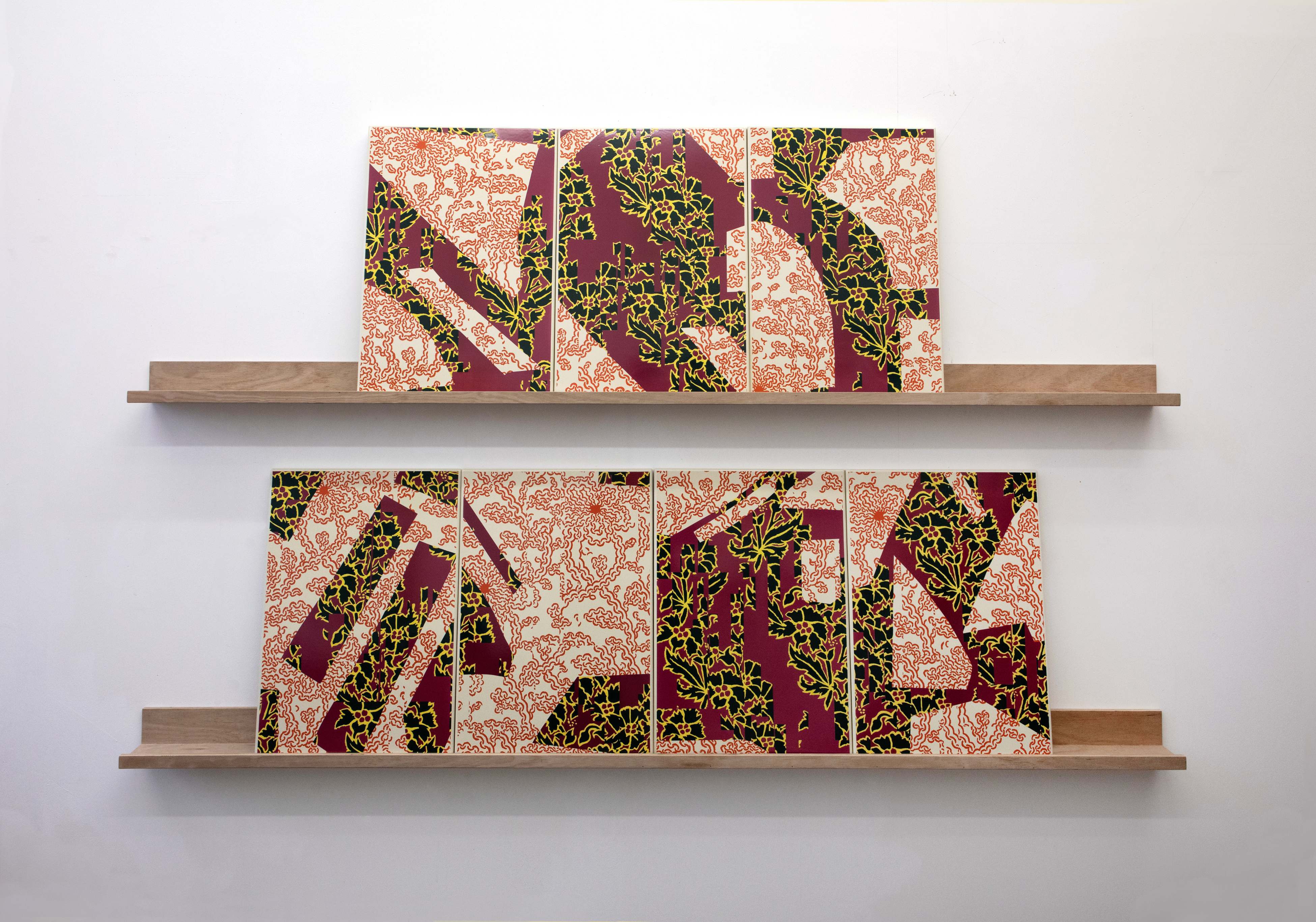20/20: The first eight acquisitions

- Written byKatie Moss
- Published date 17 January 2024

Eight permanent acquisitions, comprising commissioned works by the first cohort of artists to join the 20/20 project, have now been confirmed in galleries and collections across the UK.
In September 2022, the first eight emerging and mid-career artists joined 20/20 – a national commissioning programme directly investing in the careers of a new generation of ethnically minoritised global majority artists.
Since then, the first cohort of artists have completed their 15-month residencies with their host collections. During this time, they worked closely with the 20/20 project and partner collection teams – delving into archives and exploring materials to develop new works and narratives from buried histories and overlooked objects.
The final eight commissioned pieces reflect the artists’ experimentations and findings, whilst also representing the broad range of approaches and themes – using sculpture, film, drawing, textiles and ceramics, to examine archaeological finds, sites and shrines, colonial ‘trophies’, the figure of the collector, ‘crip time’, sculptural sounds, and monuments.
The second cohort of artists residencies for 20/20 will conclude in January 2025, leading to 12 more permanent collection acquisitions as well as related public programmes.
Find out more about the acquisitions
Madi Acharya-Baskerville and The Lightbox, Woking
The Lightbox has acquired three ceramic sculptures by Madi Acharya-Baskerville, inspired by historical objects and the surroundings of The Lightbox in Woking. On the Way to Woking Palace is influenced by a toy horse fragment in the Heritage Collection and the autumn colours seen during walks along the Basingstoke Canal, incorporating patterns inspired by coiled ferns. Goodbye Bartmann, It’s Been a Blast! draws on the artist's research into the Bellarmine Jug, symbolising the end of her residency, with patterns inspired by Ana Mendieta's work. Lastly, The Chertsea Oyster is inspired by oyster shells from Tudor times and the nearby Woking Palace, combining the site's history with a Valencian tile design and a mask-like presence.
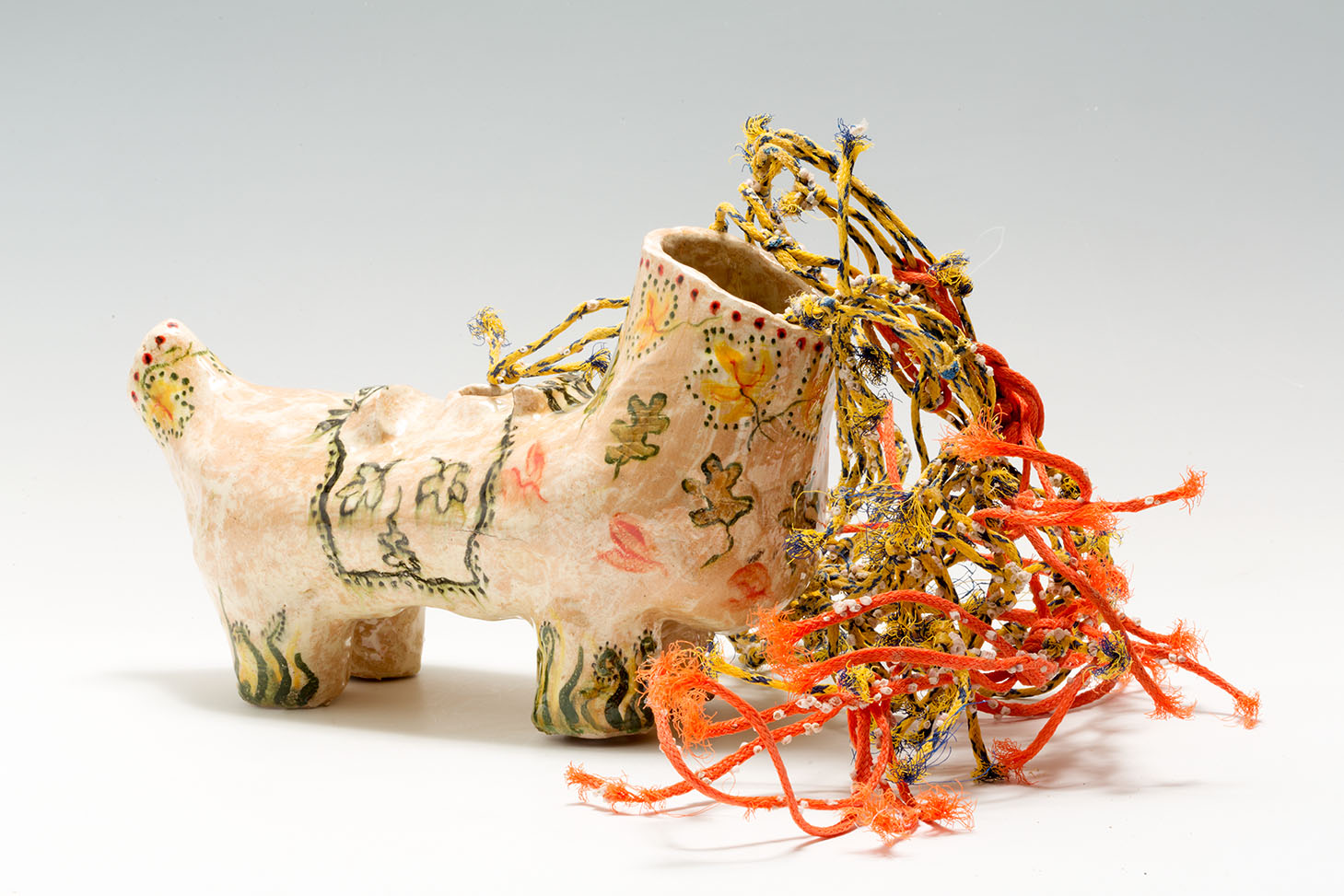
Aqsa Arif and Kelvingrove Museum & Art Gallery, Glasgow
Kelvingrove Museum & Art Gallery have acquired three related works by Aqsa Arif that explore themes of colonialism, heritage, and identity through various media, reinterpreting South Asian cultural narratives and artefacts. Anam Ki Almari (The Trophy Cupboard), a multi-channel film, reclaims colonial-era objects from the 1888 Glasgow International Exhibition, using performers to embody and revitalise these items, underscoring the human impact of colonial subjugation. Sheesheh ki Peeche (Behind the Glass) complements this film with a sculptural façade inspired by Lahore’s Heera Mandi, transforming the film into a window through which rich layers of pre-colonial history emerge. Ghar Kah Khazana (Home Treasures), a ceramic installation, revives memories of everyday objects through terracotta replicas, connecting these vessels to both personal and communal histories and rituals. Finally, Mountain of Light is a visual poem reflecting on South Asian seamen's lives and journeys, blending real and imagined scenes filmed aboard a historic ship in Glasgow.
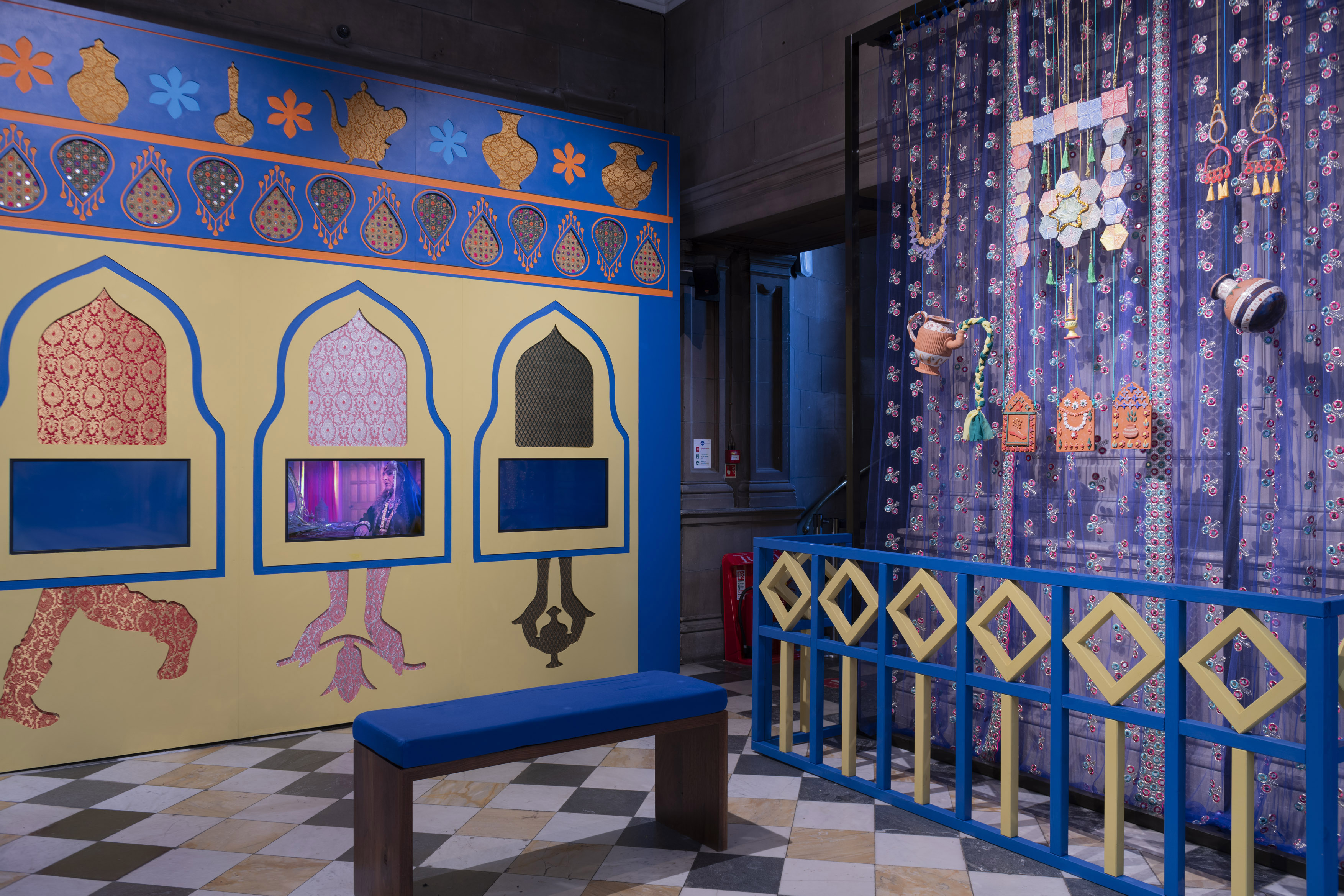
Habib Hajallie and Pallant House Gallery, Chichester
Pallant House has acquired a large-scale drawings created by Habib Hajallie during his 20/20 residency. In the self-portrait, Hajallie assumes the role of collector alongside three art collectors who donated works to the Pallant House Gallery collection – Walter Hussey, Charles Kearley and Colin St John Wilson. These figures are contrasted with Hajallie himself, turned away from the viewer. All four figures stand within the grand entrance hall of the Gallery's 18th century townhouse. While the three collectors have a variety of motivations for collecting, as white privileged men they represent wealth, status and power. In playing the collector role, Hajallie investigates and disrupts the archetype of the modern British art collector.
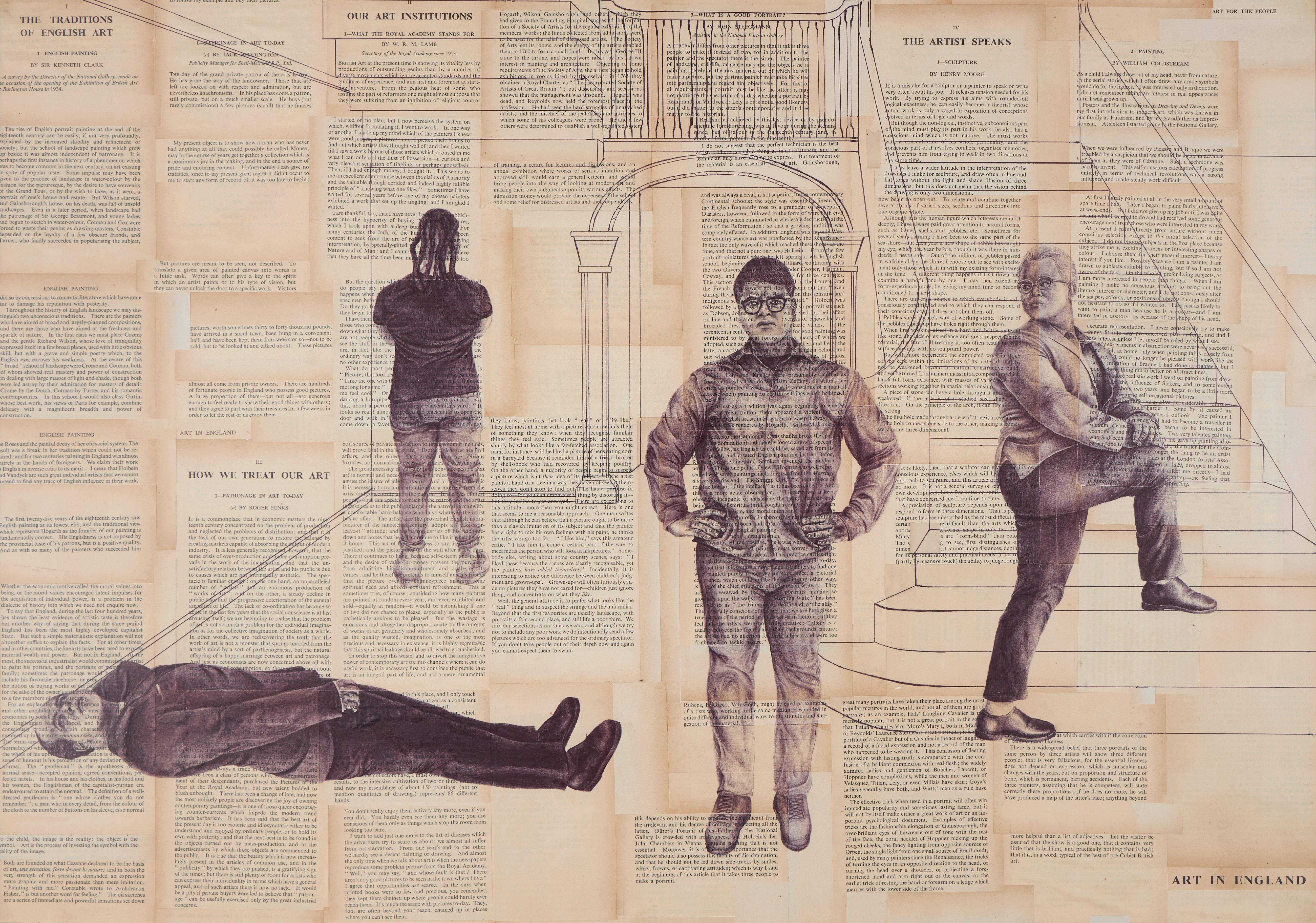
Gayle Chong Kwan and Compton Verney, Warwickshire
@gaylechongkwan | www.gaylechongkwan.com
Gayle Chong Kwan's The Taotie, shown at Compton Verney, was an installation of seven photographic shrines that feature the artist wearing masks made of archival and historical images that range in size from intimate to monumental, captured in contemporary locations, and accompanied by bronze and clay sculptural offerings and an annual ritual. Each mask is made from images, cut and collaged together to form a ‘taotie’, referencing mythical Chinese creatures that exist between human and animal, earthly and heavenly, devouring monsters and spiritual protectors, which can be found in Compton Verney's Neolithic Bronze collection. The masks are talismans of Chong Kwan's diasporic heritage, histories of extraction and exploitation, while the location of each is directly connected to the complex histories presented through the archival materials of the mask. Compton Verney is in the process of acquiring the altar pieces.
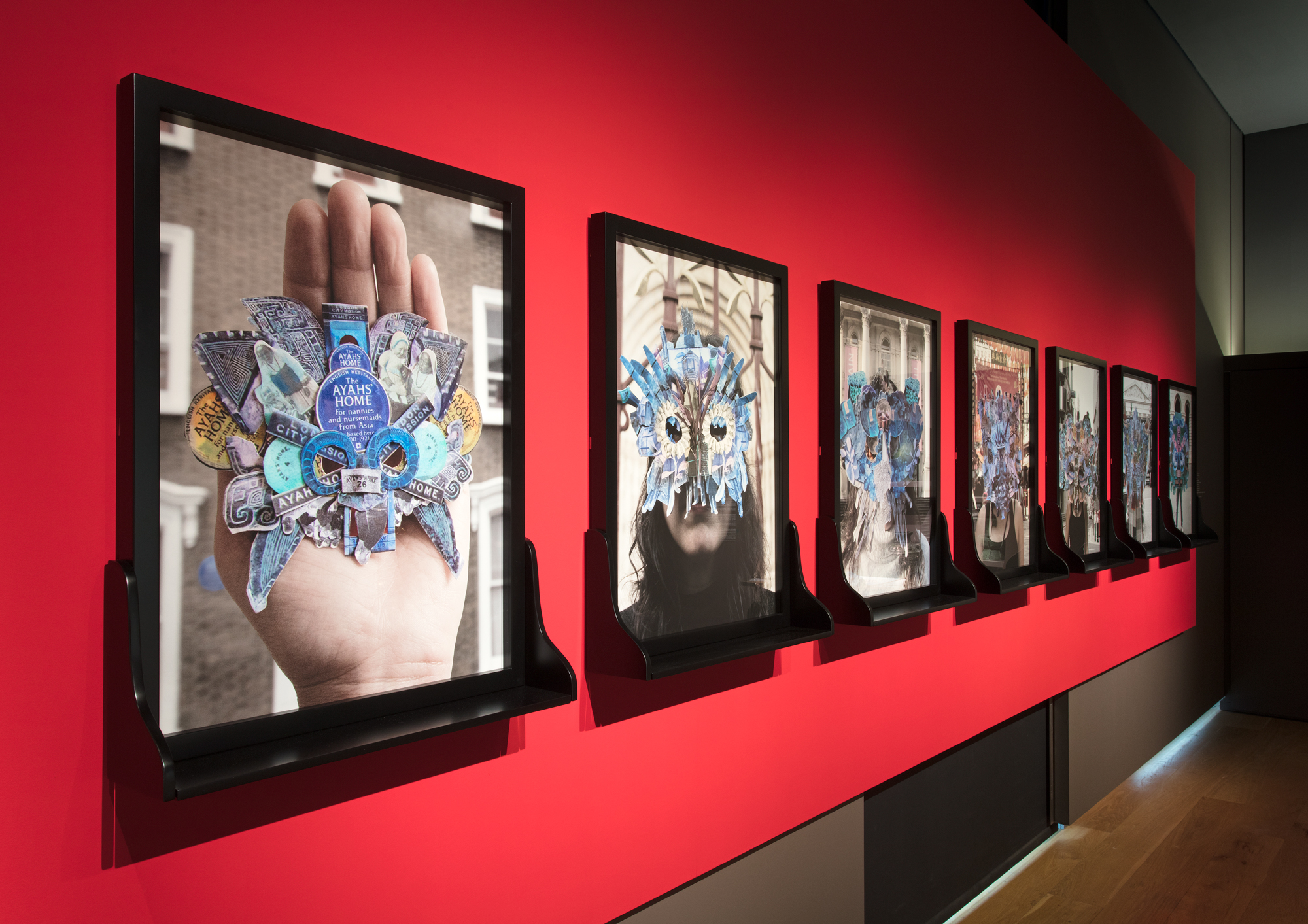
Yuen Fong Ling and Sheffield Museums
Sheffield-based artist, Yuen Fong Ling, developed a series of eight short films, "Monumentalise" (2023), while in residence at Sheffield Museums, reflecting his deep engagement with collections and curators across sites. As a response to the removal of the Colston Statue in Bristol and Rhodes Must Fall campaigns, the artist explores the motif of the plinth and its use in art and design to discuss ideas of commemoration, architecture, elevation, artists challenging the canon, and the body's socialisation and performance. The films show performers of colour, including aerial performers, martial artists, break dancers, actors, and somatic movers, improvising with artworks and objects, playing with scale and proximity, what is permitted and restricted. "Monumentalise" is installed amongst collection objects curated by the artist, in the exhibition "We are the Monument" at the Graves Gallery, Sheffield, until December 2025. All eight films have been acquired for Sheffield’s collection.
Sheffield-based artist, Yuen Fong Ling, developed a series of eight short films, Monumentalise (2023), while in residence at Sheffield Museum, reflecting his deep engagement with collections and curators across sites. As a response to the removal of the Colston Statue in Bristol and Rhodes Must Fall campaigns, the artist explores the motif of the plinth and its use in art and design to discuss ideas of commemoration, architecture, elevation, artists challenging the canon, and the body's socialisation and performance. The films show performers of colour, including aerial performers, martial artists, break dancers, actors, and somatic movers, improvising with artworks and objects, playing with scale and proximity, what is permitted and restricted. Monumentalise was installed amongst collection objects curated by the artist, in the exhibition, We are the Monument, at the Graves Gallery, Sheffield, until December 2025. All eight films have been acquired by Sheffield Museums Trust.
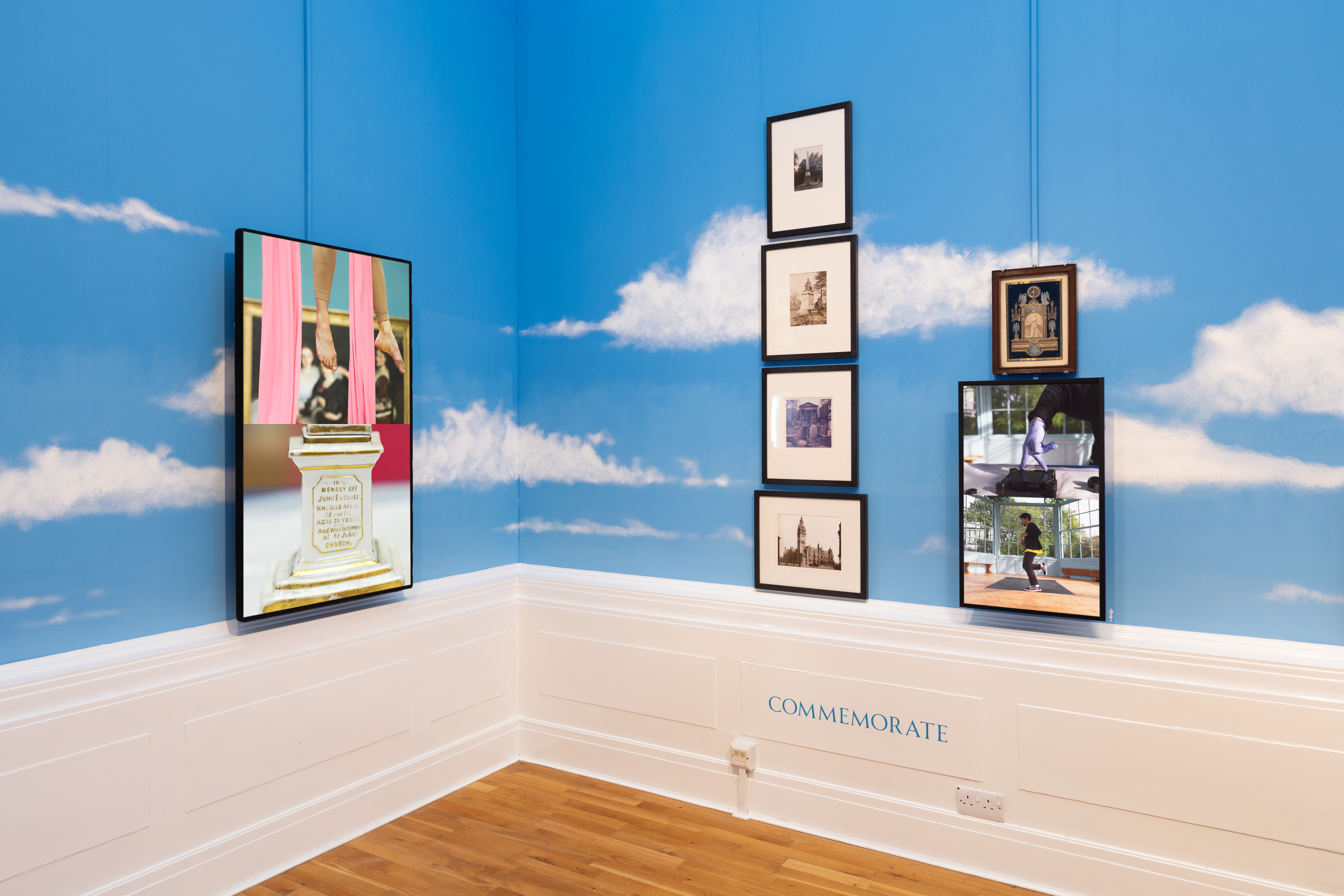
Shenece Oretha and The Hepworth Wakefield
Shenece Oretha’s TOLLED is a multi-channel sonic composition played through specially devised speaker-sculptures, which explores the relationship between sculpture and sound in modern British art. During their residency, Oretha researched how artists such as Barbara Hepworth and Henry Moore engaged with music, musical instruments and ideas that have a ‘sonic resonance’ in their work. Inspired by Hepworth’s comment, “I know what is happening not by what I see, but by what I hear”, Oretha listened to and recorded sounds from sculptures in Wakefield’s art collection. Using sensitive surface microphones, Oretha was able to record even the lightest interaction between her hands or a padded tool and the sculptures, resulting in an extraordinary range of sounds that feature in her new composition. The Hepworth has acquired one sculptural piece.
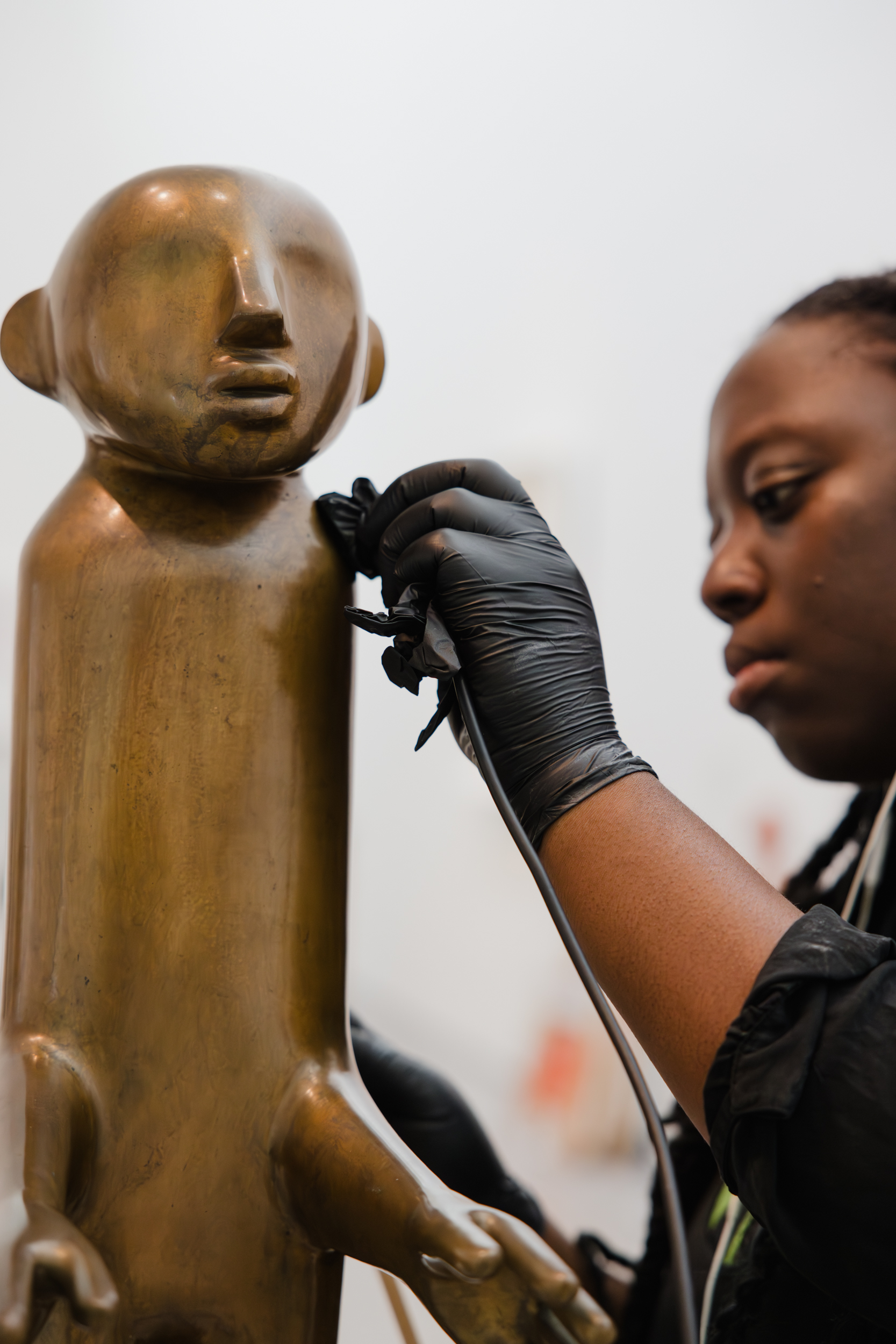
Jamila Prowse and National Disability Arts Collection & Archive (NDACA)
National Disability Art Collection and Archive (NDACA) have acquired Jamila Prowse’s Crip Quilt (2023), a large-scale, patchwork, textile quilt translating the individual and collective experience of disability. With contributions from NDACA, three new collated oral histories with disabled artists of colour and the artist’s own lived experience, each square in the patchwork relays a snapshot of a disabled artist’s life. While making the quilt, Jamila found that stitching aids symptoms of her disability, and her embroidered reflections took on a diaristic, confessional tone. Made on crip time, across 15 months, predominantly from the artist's sick bed, the process became therapeutic in nature. The materiality of the quilt is weighted to reflect the use of weighted blankets to manage anxiety disorders and alleviate flare-ups and burnouts for neurodivergent people. The quilt will be accompanied by creative access adjustments of a soundscape, which is part audio description and part audio guide, and a moving image work for remote viewing.
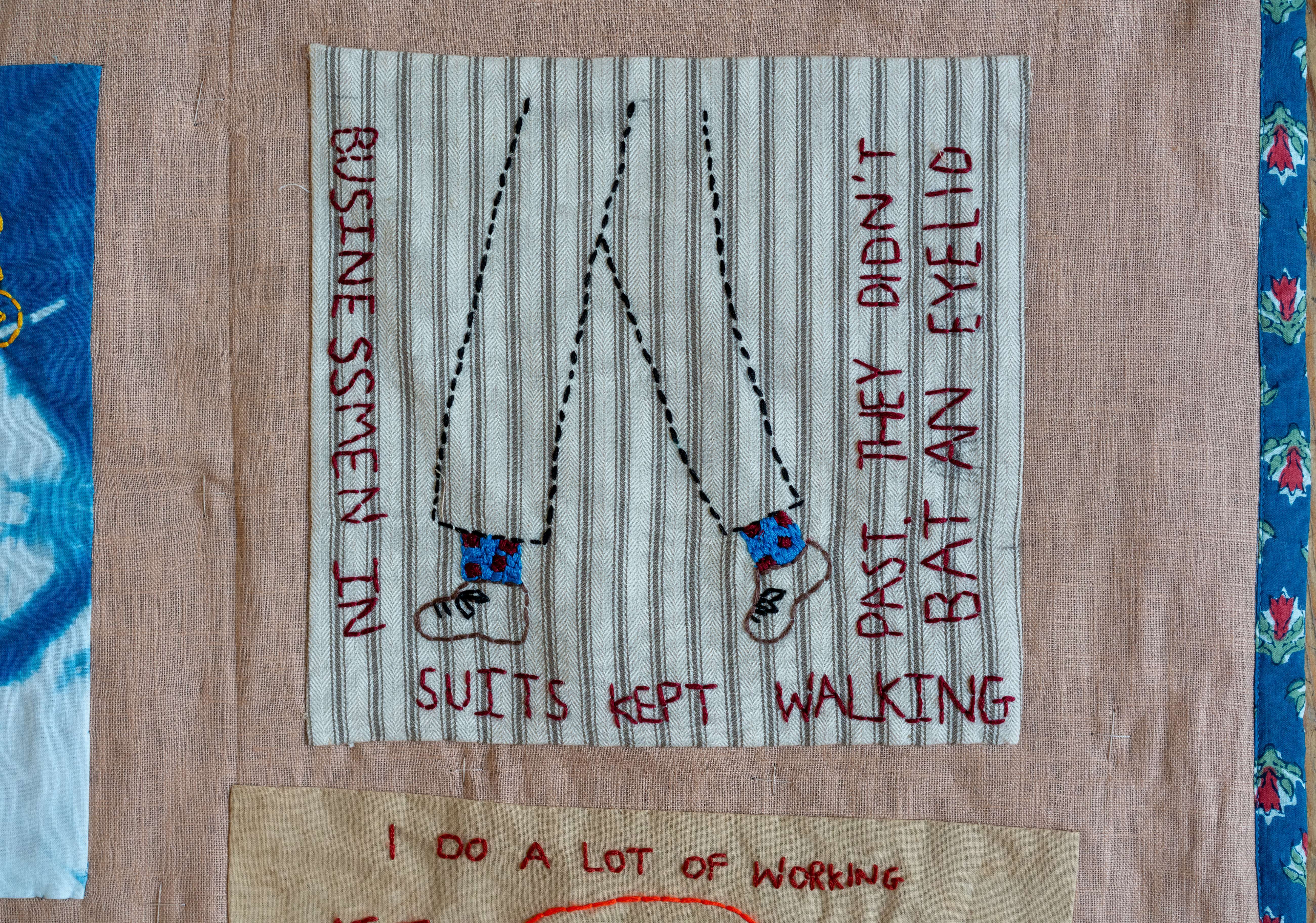
Hannah Sabapathy and The Harris Museum, Art Gallery & Library, Preston
Counterparts: Series One and Counterparts: Series Two comprise of 14 vitreous enamel panels created during Hannah Sabapathy’s artist residency at The Harris Museum, Preston. Her research centred on The Textile Manufactures of India (John Forbes Watson, 1866), an 18-volume set housed at The Harris, alongside British imitations of South Asian textiles from the museum’s archives. Over 700 fabrics were cut up to create the sets. 13 sets of the volumes were originally gifted to industrial centres in Britain with a further seven sets sent to South Asia. They were intended to provide textile samples for British manufacturers to copy in order to supply the South Asian market. Further research at the National Archives, V&A South Asian archives, International Textile Collection (University of Leeds), and The Whitworth (Manchester) informed her work. Referencing the cuts and collages within The Textile Manufactures of India, Sabapathy created her own patterns, juxtaposing British imitations and South Asian designs. Through the excessive use of cuts the patterns become disrupted. The screen printed and hand painted panels were made with manufacturers A.J. Wells. Each panel is the size of the open book. Both Counterparts series will go on permanent display when The Harris Museum reopens in 2025.
